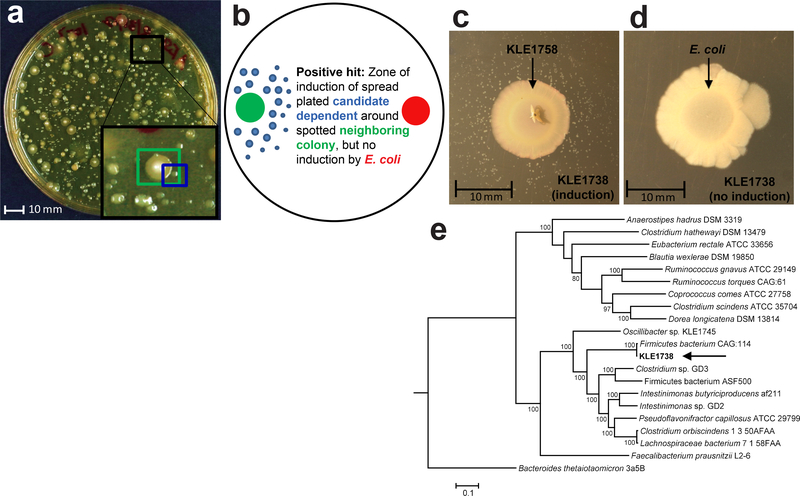Fig. 1. Co-culture assay to isolate KLE1738.
(A) Diluted human fecal sample was plated on Fastidious Anaerobe Agar with 0.5% yeast extract (FAAy), and slower growing, smaller colonies (formed after 4–7 days -- “candidate dependent”, example in blue box) were tested for dependence on their faster growing, larger neighboring colonies (formed after 1–3 days -- “candidate helper”, example in green box) by co-culture. (B) To identify growth factors, the candidate dependent was also tested for growth promotion with Escherichia coli BW25113. Using this method we isolated KLE1738, which grew around the helper (C) Bacteroides fragilis KLE1758, but not Escherichia coli (D). Experiments describing dependency phenotypes were repeated in triplicate. (E) Phylogenetic tree of closely related type and representative genomes belonging to the Ruminococcaceae family. Tree assembled using Randomized Axelerated Maximum Likelihood in PATRIC. Parts of Figure modified from Fenn, 20176; the culture plate and colonies highlighted in (A) is used for an illustration, and is not the source plate for KLE1738. A single stool sample yielded the KLE1738-KLE1758 helper-dependent pair.

